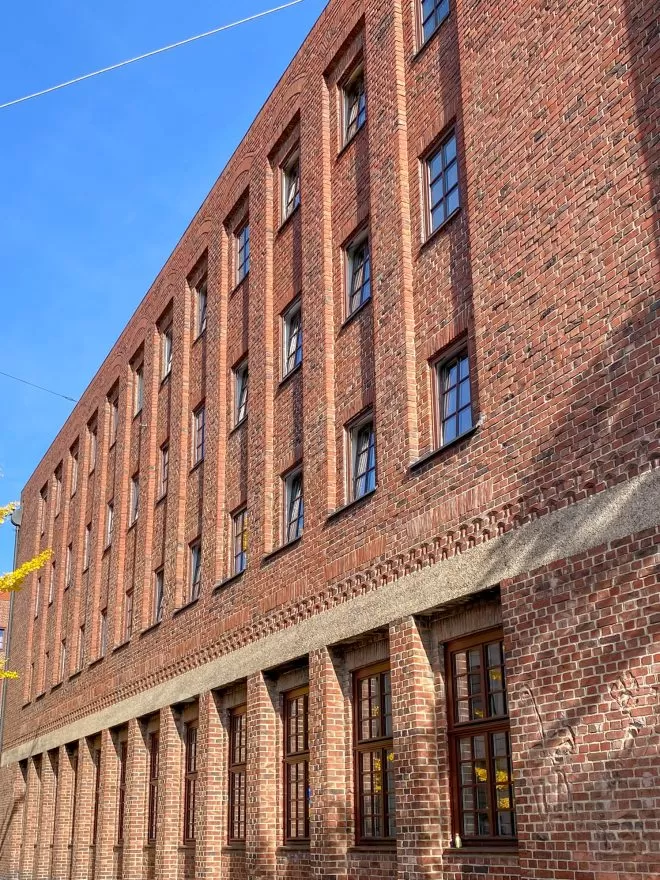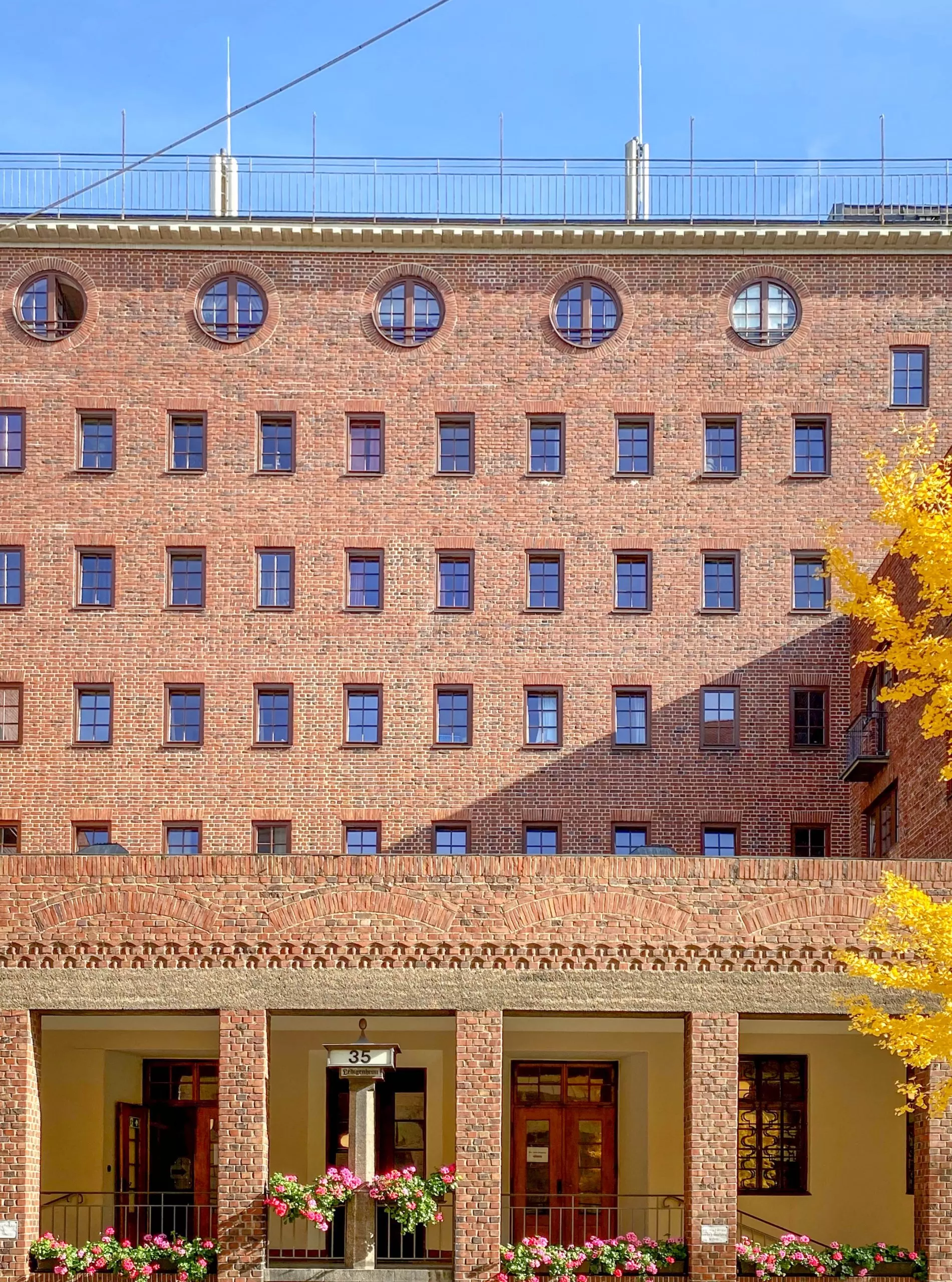
Ledigenheim, 1925-1927. Architect: Theodor Fischer
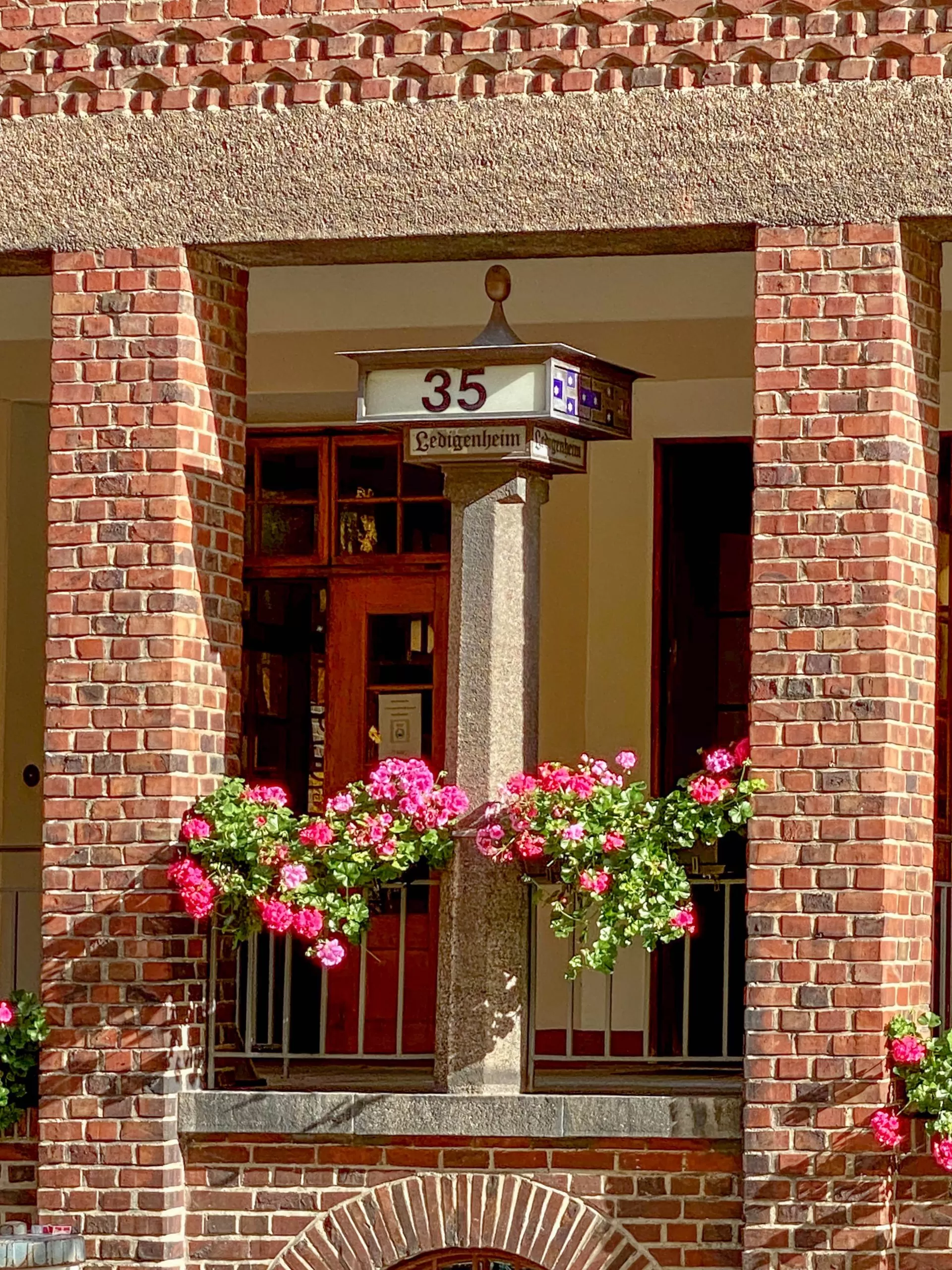
Ledigenheim, 1925-1927. Architect: Theodor Fischer
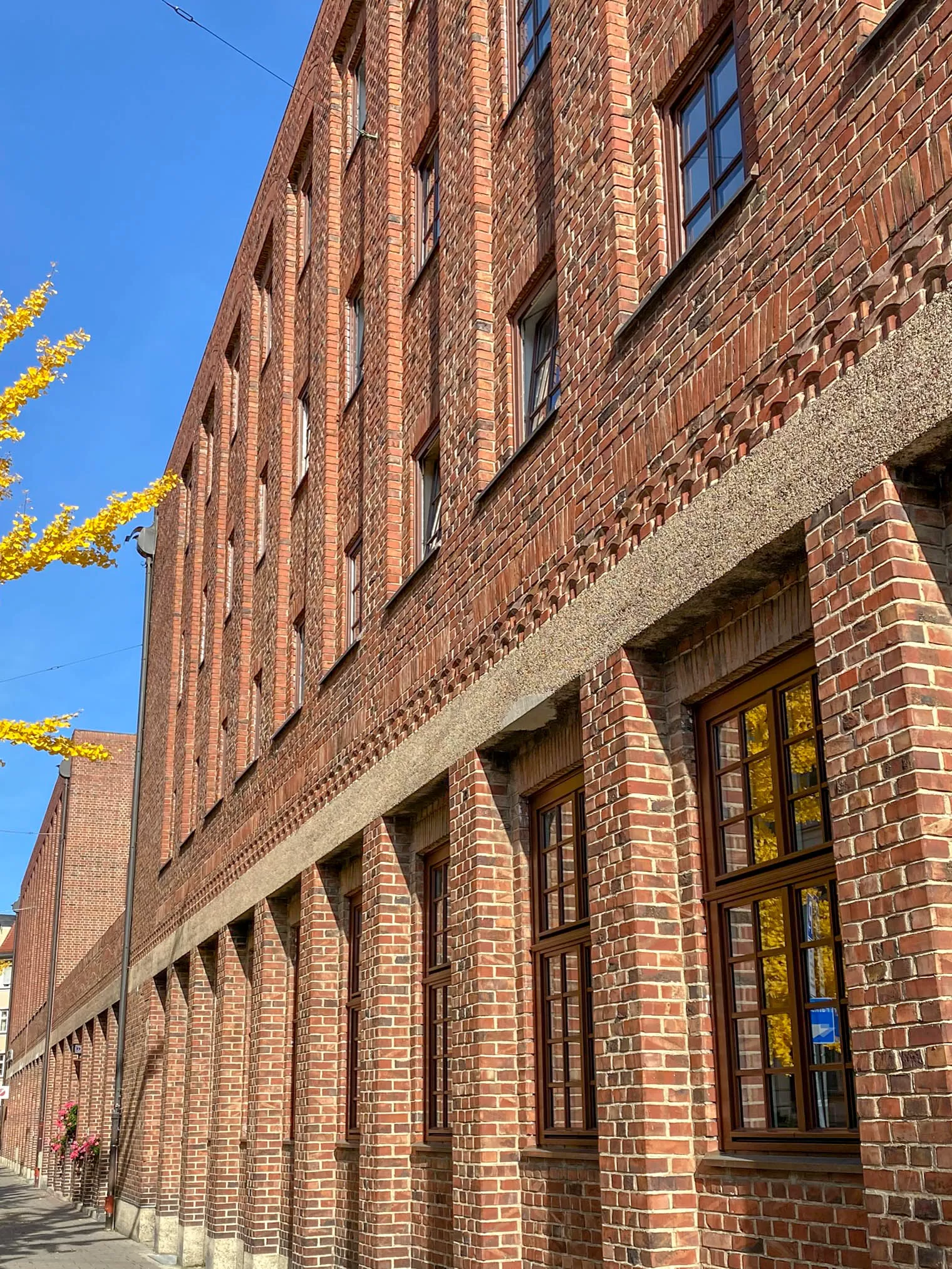
Ledigenheim, 1925-1927. Architect: Theodor Fischer
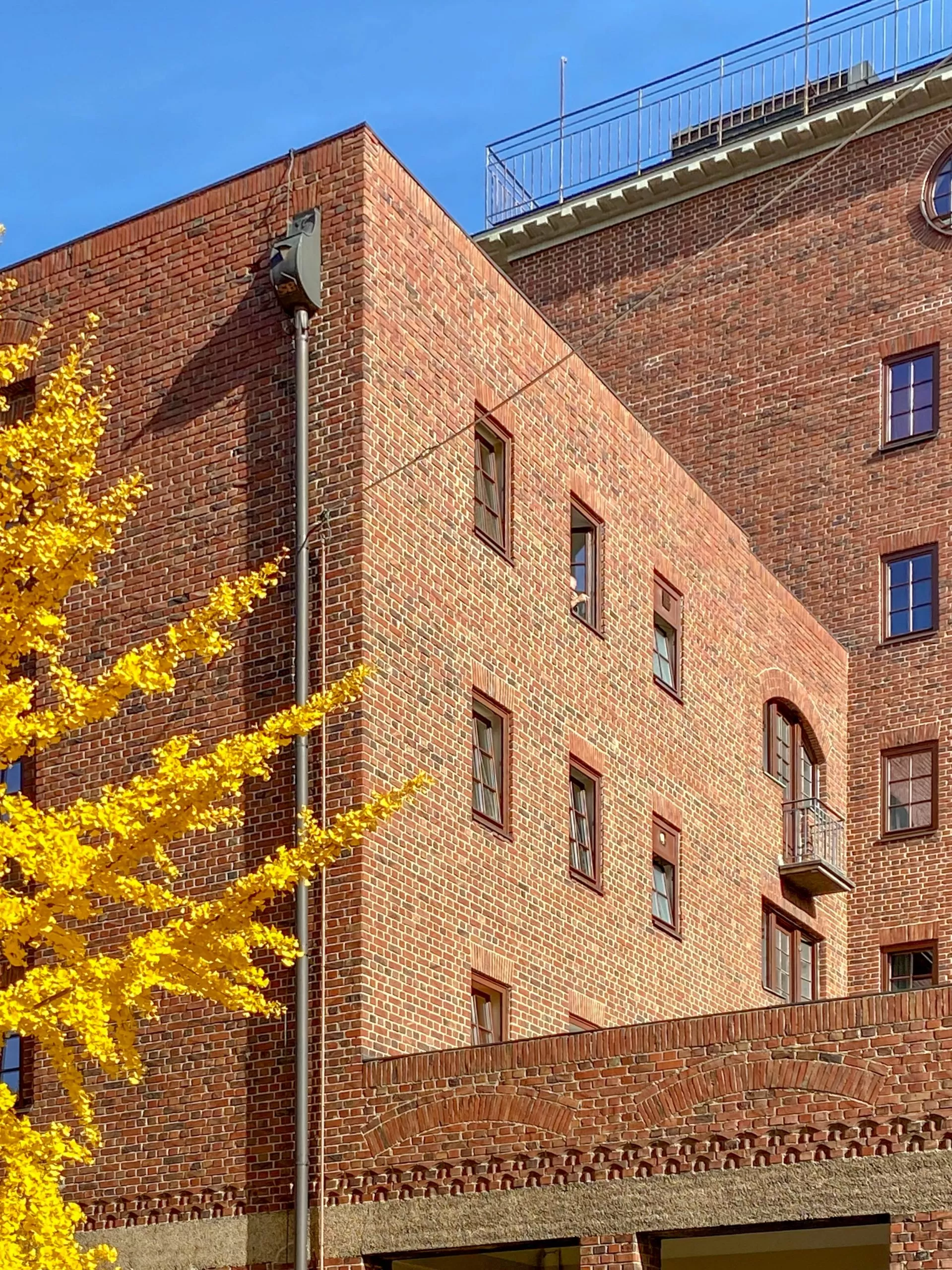
Ledigenheim, 1925-1927. Architect: Theodor Fischer
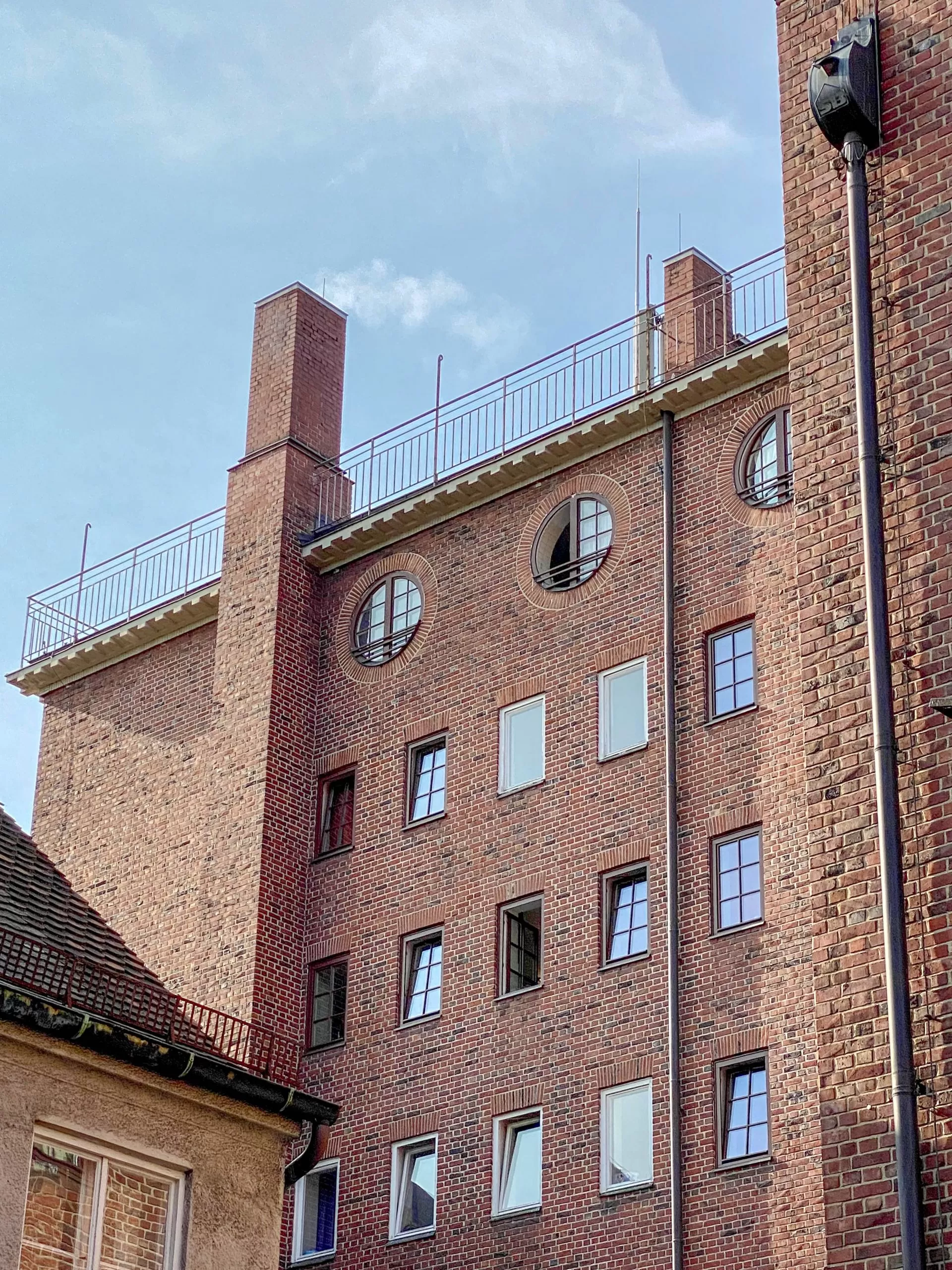
Ledigenheim, 1925-1927. Architect: Theodor Fischer
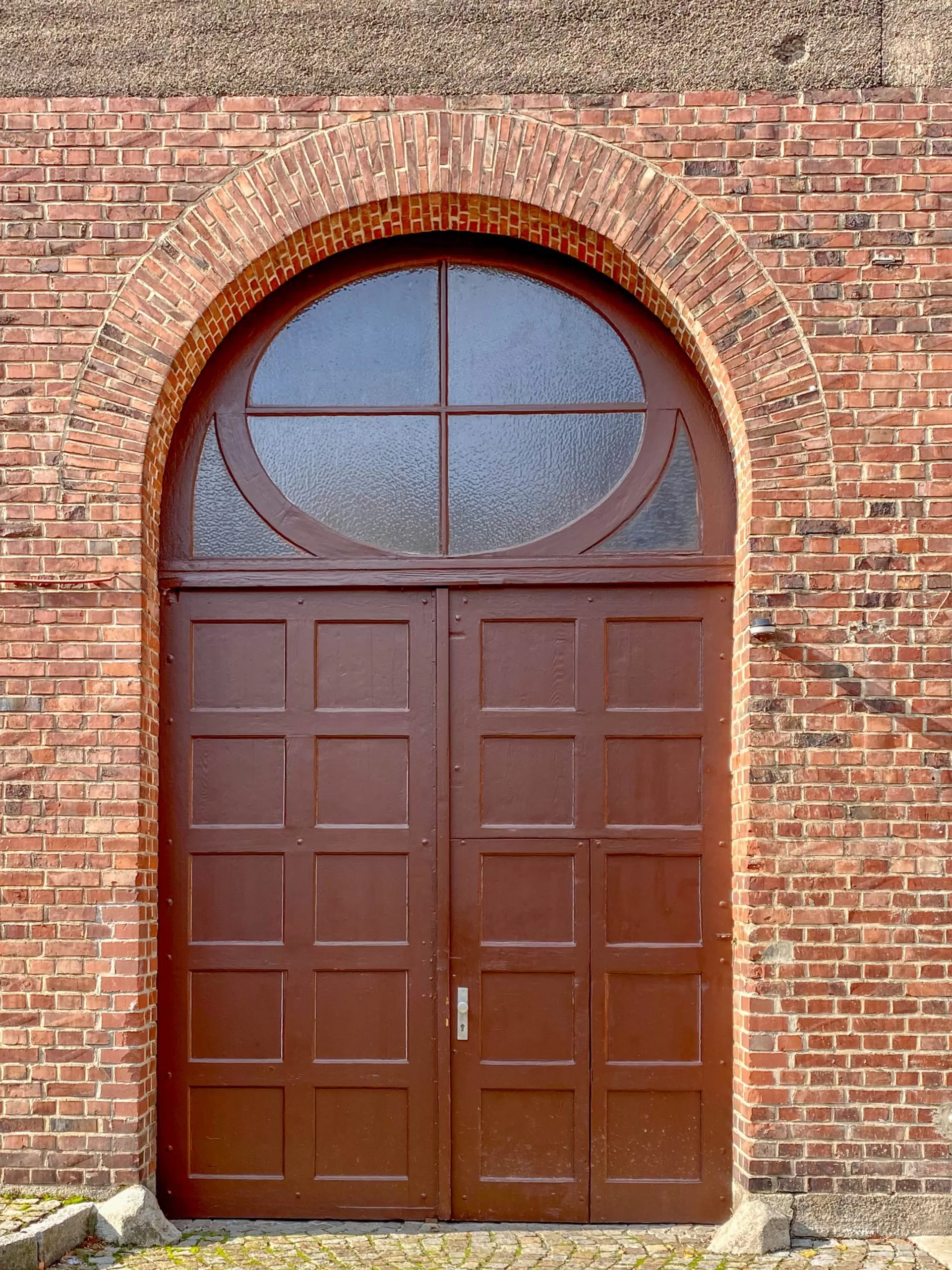
Ledigenheim, 1925-1927. Architect: Theodor Fischer
1925 – 1927
Architect: Theodor Fischer
Bergmannstraße 35, Munich, Germany
The home for single men on Bergmannstrasse in Munich-Schwanthalerhöhe was built between 1925 and 1927 according to plans by Theodor Fischer.
Background
The construction goes back to the private initiative of wealthy citizens who had already founded a non-profit association in 1913 to support single men with low incomes. The home was intended to replace the old sleeping quarters for the homeless.
These associations were typical of the period around 1900, when large numbers of single, destitute men flocked from the countryside to the city to seek work in industry.
In 1914, the Ledigenheim e.V. association had acquired the building site on Bergmannstrasse, but it was not until 1925 that the building could be started with a loan from the city and a trade bank.
Ledigenheim
The four-wing building, which was designed to be extremely economical, was built in hard-fired bricks.
It is composed of two U-shaped building sections with recessed hipped roofs, each of which is laterally connected to the central eight-story tower building, which forms the connecting wing.
The main entrance on Bergmannstrasse is highlighted by a covered entrance with pillars.
Brick reliefs by the sculptor Karl Knappe decorate the facade’s exposed brickwork, which is otherwise plain in the New Objectivity style.
Facade
With the unrendered brick facade, Fischer emphasized the material and its processing technique; in his opening speech at the Ledigenheim in 1927, he spoke of the “courage of nakedness” (with this he refers to the exposed brick facade).
When it was ready for occupancy, the Ledigenheim had 324 individual rooms with running water for permanent residents and 93 individual rooms with common washrooms for temporary occupancy.
On the first floor there were sickrooms, dining and recreation rooms, stores, a non-alcoholic restaurant, a beerhouse for home residents, and a restaurant open to the public.
In particular, the use of exposed brickwork, unusual for Munich, aroused public criticism in the press.
Renovation
After World War II, the rooms were expanded and equipped with bathrooms and heating systems.
In 2014 and 2016 to 2019, the Ledigenheim underwent extensive renovation.
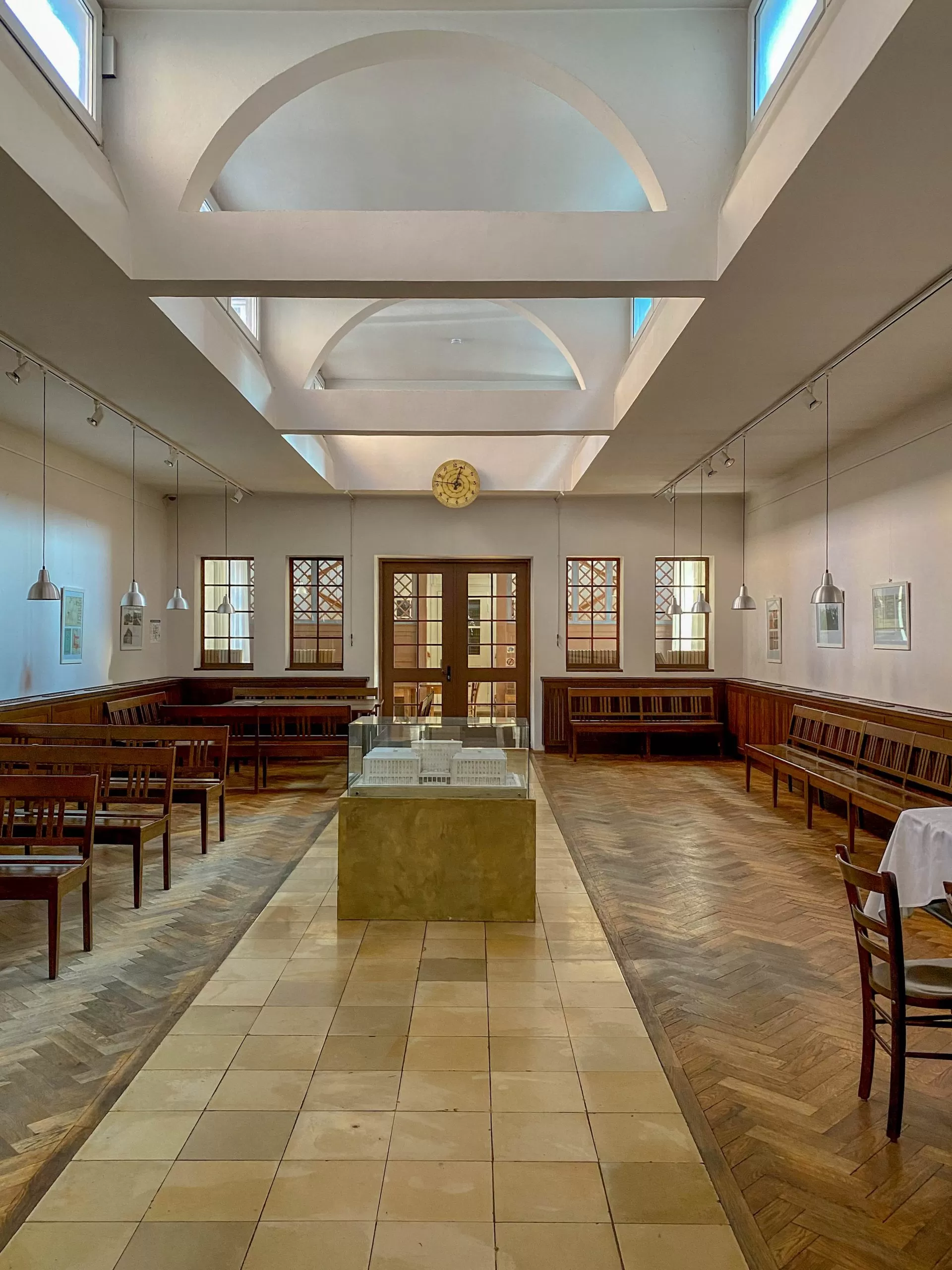
Ledigenheim, 1925-1927. Architect: Theodor Fischer
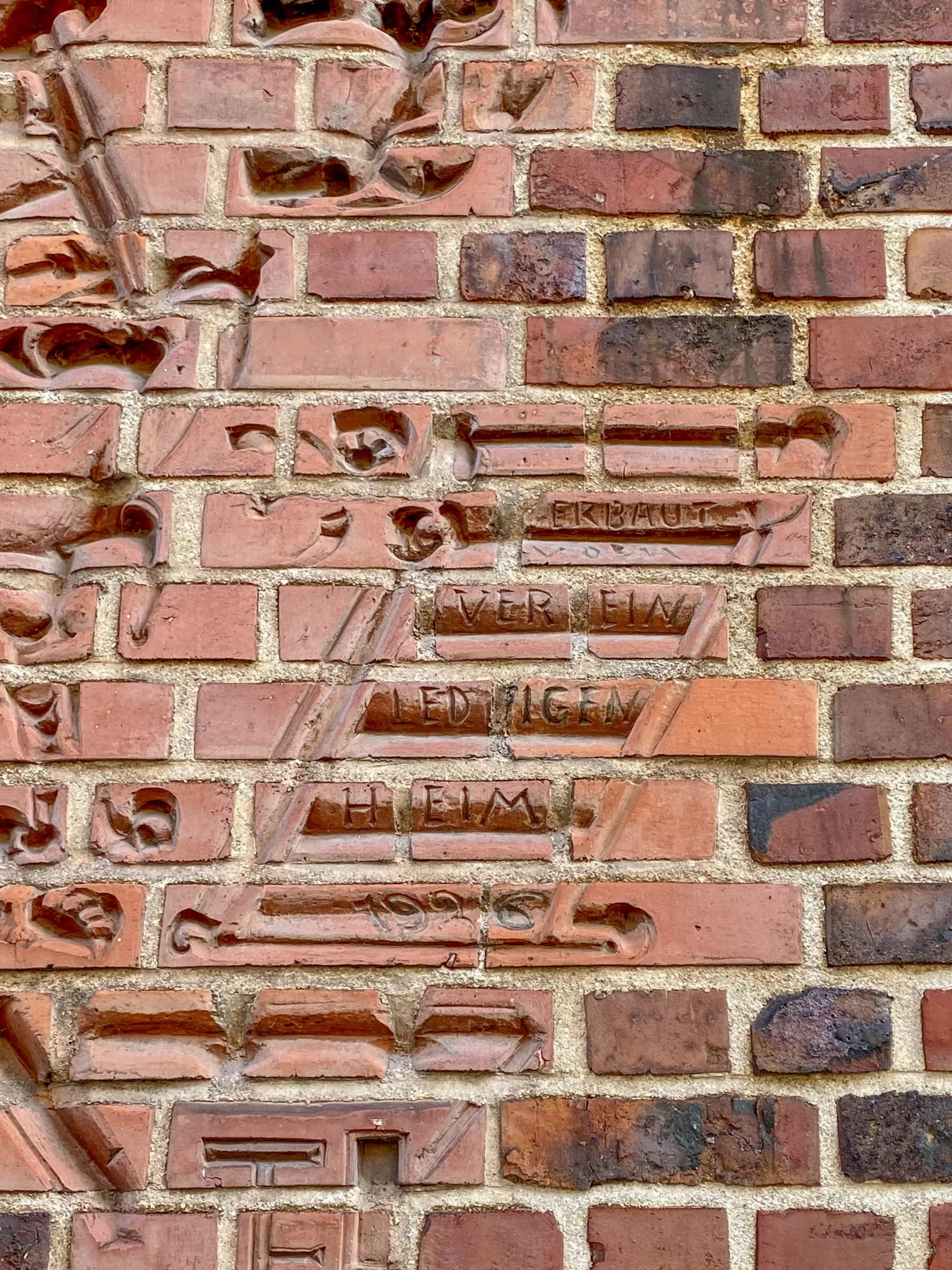
Ledigenheim, 1925-1927. Architect: Theodor Fischer
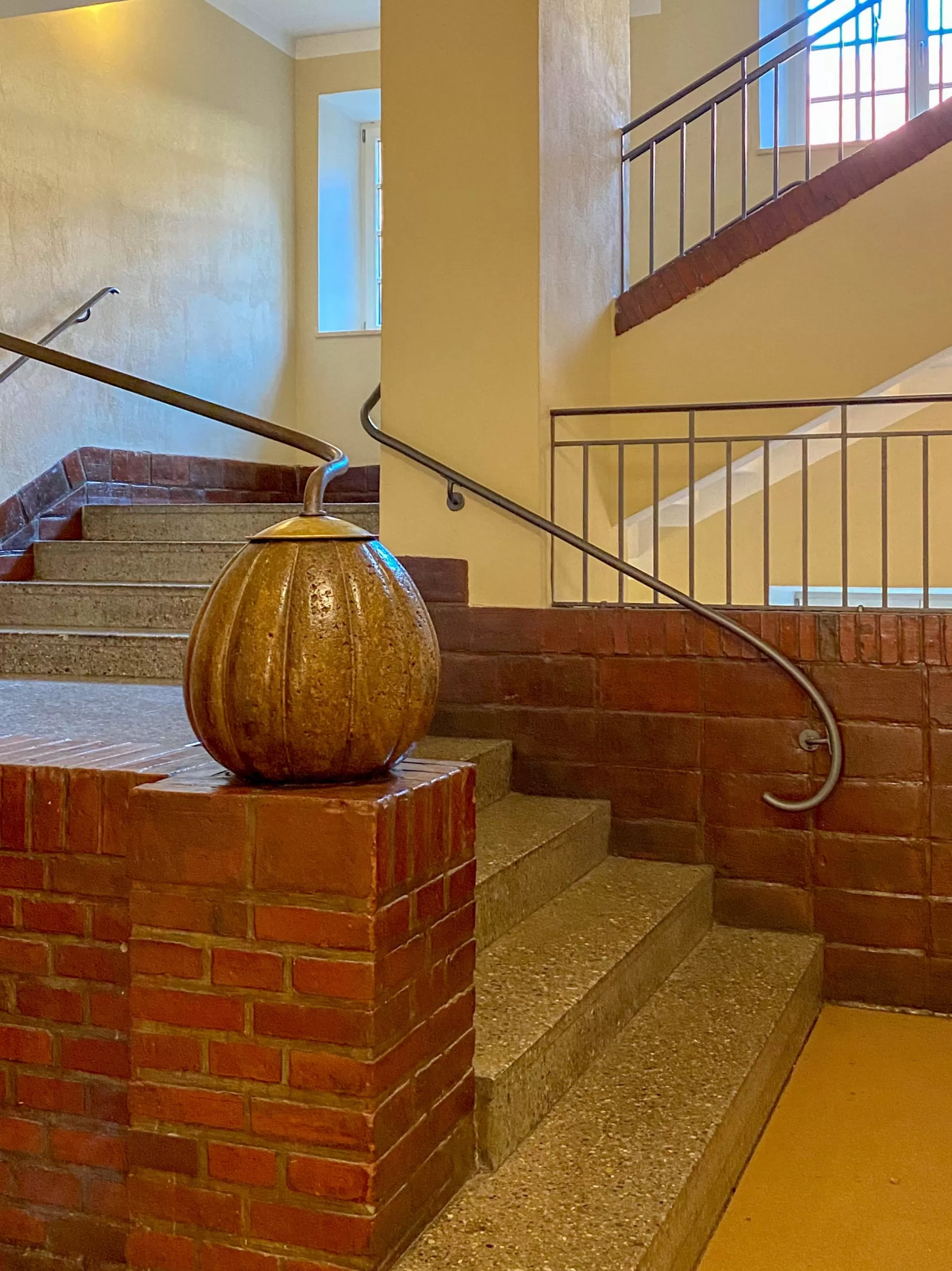
Ledigenheim, 1925-1927. Architect: Theodor Fischer
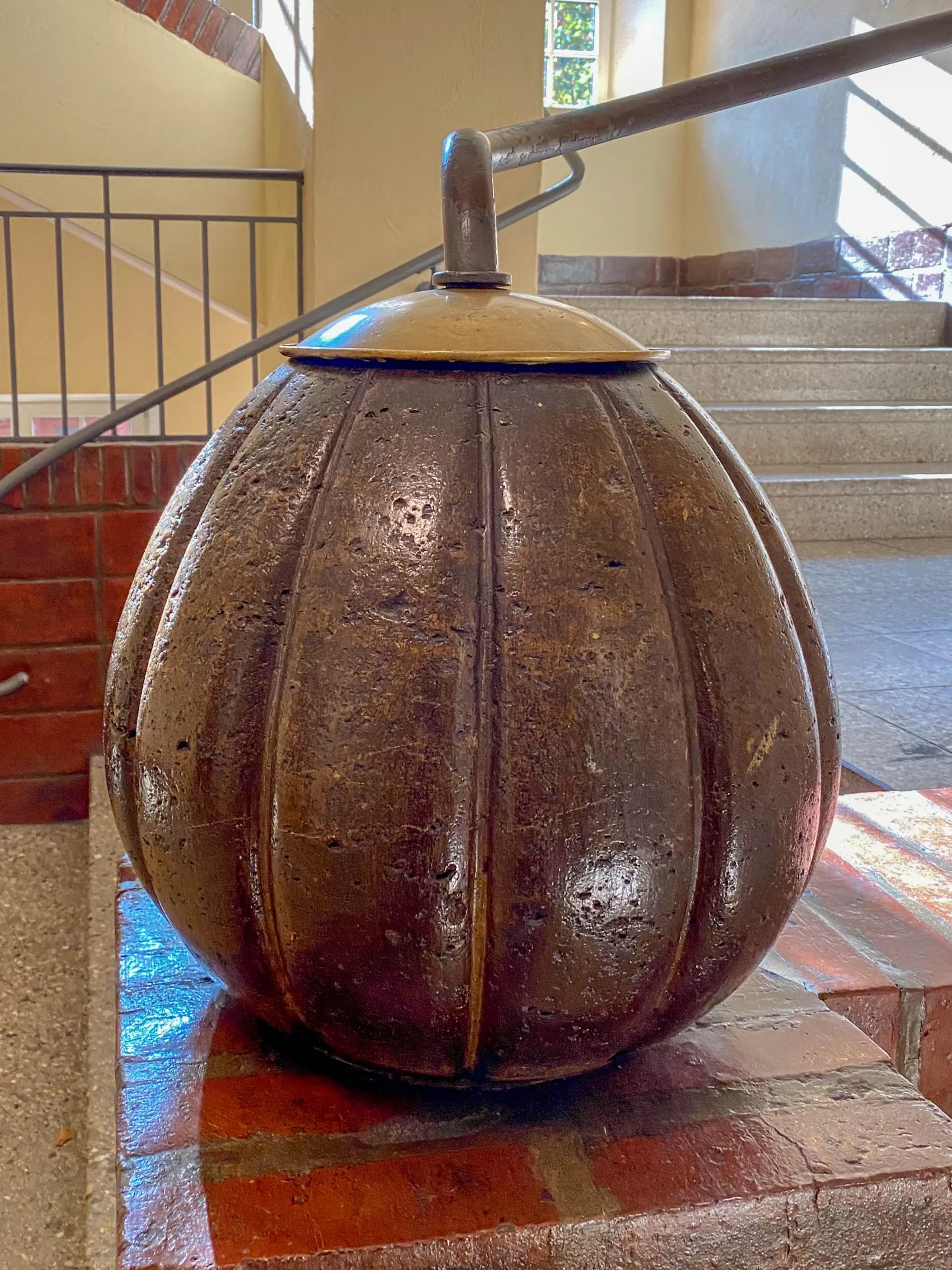
Ledigenheim, 1925-1927. Architect: Theodor Fischer
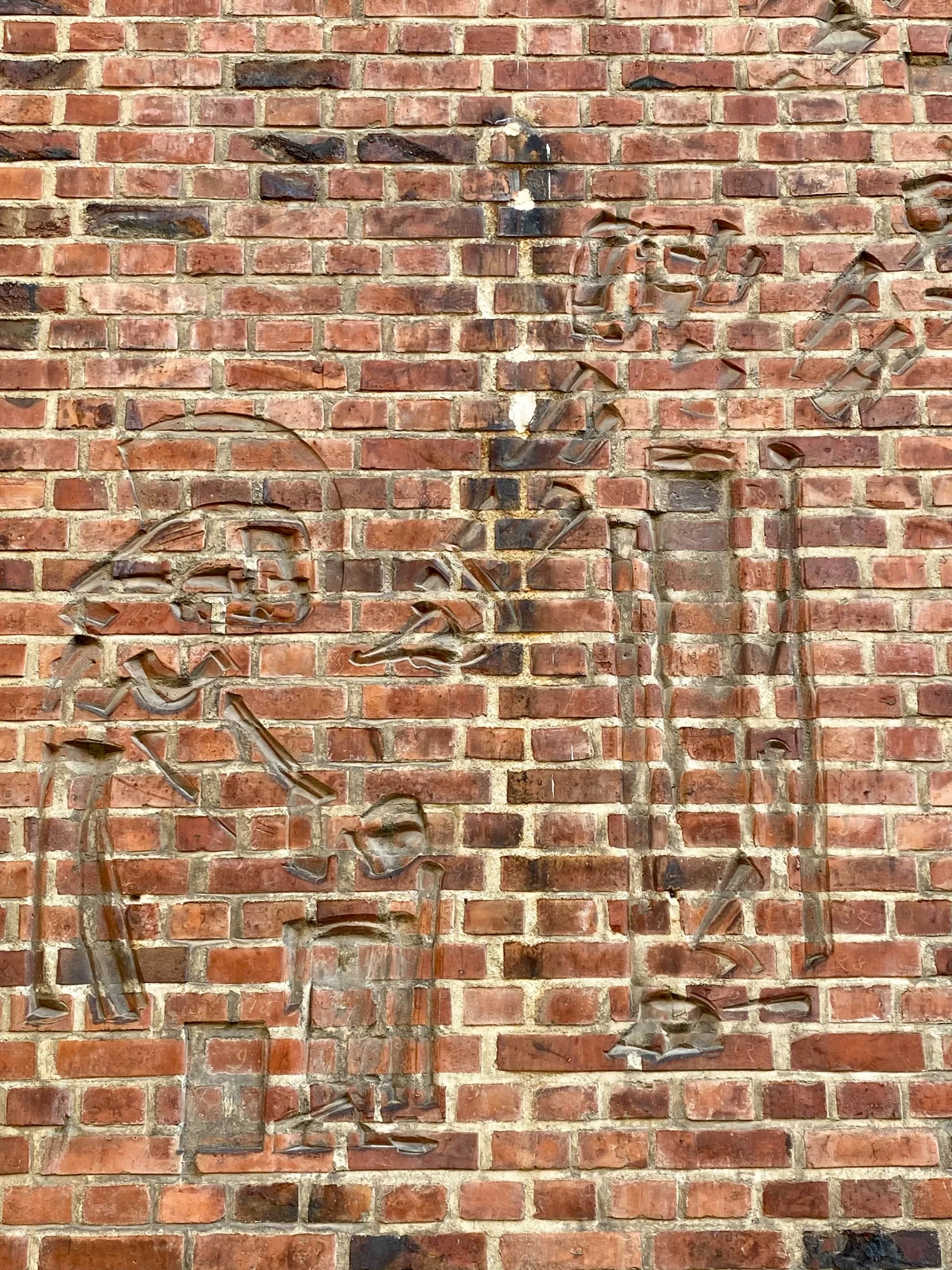
Ledigenheim, 1925-1927. Architect: Theodor Fischer
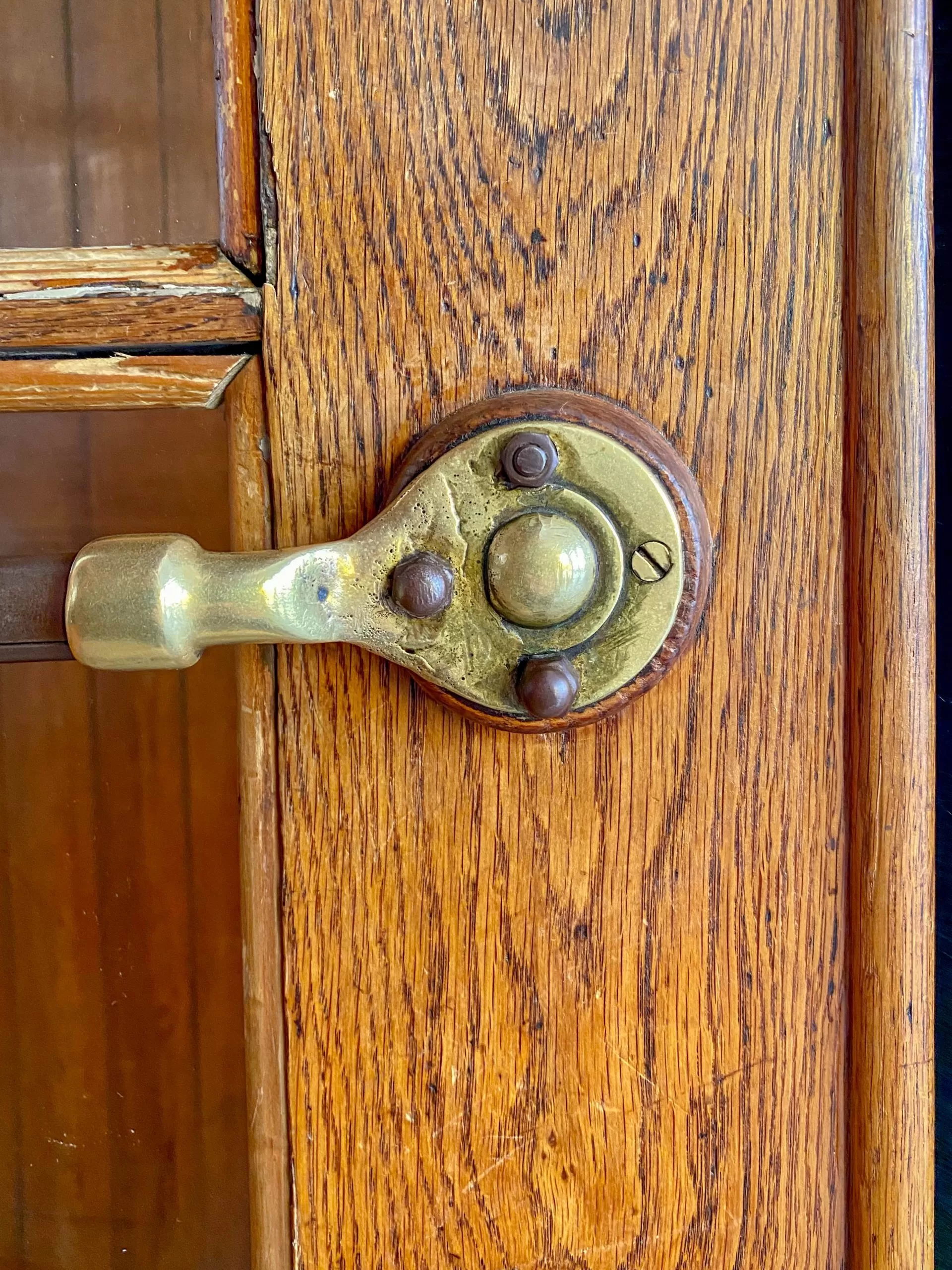
Ledigenheim, 1925-1927. Architect: Theodor Fischer
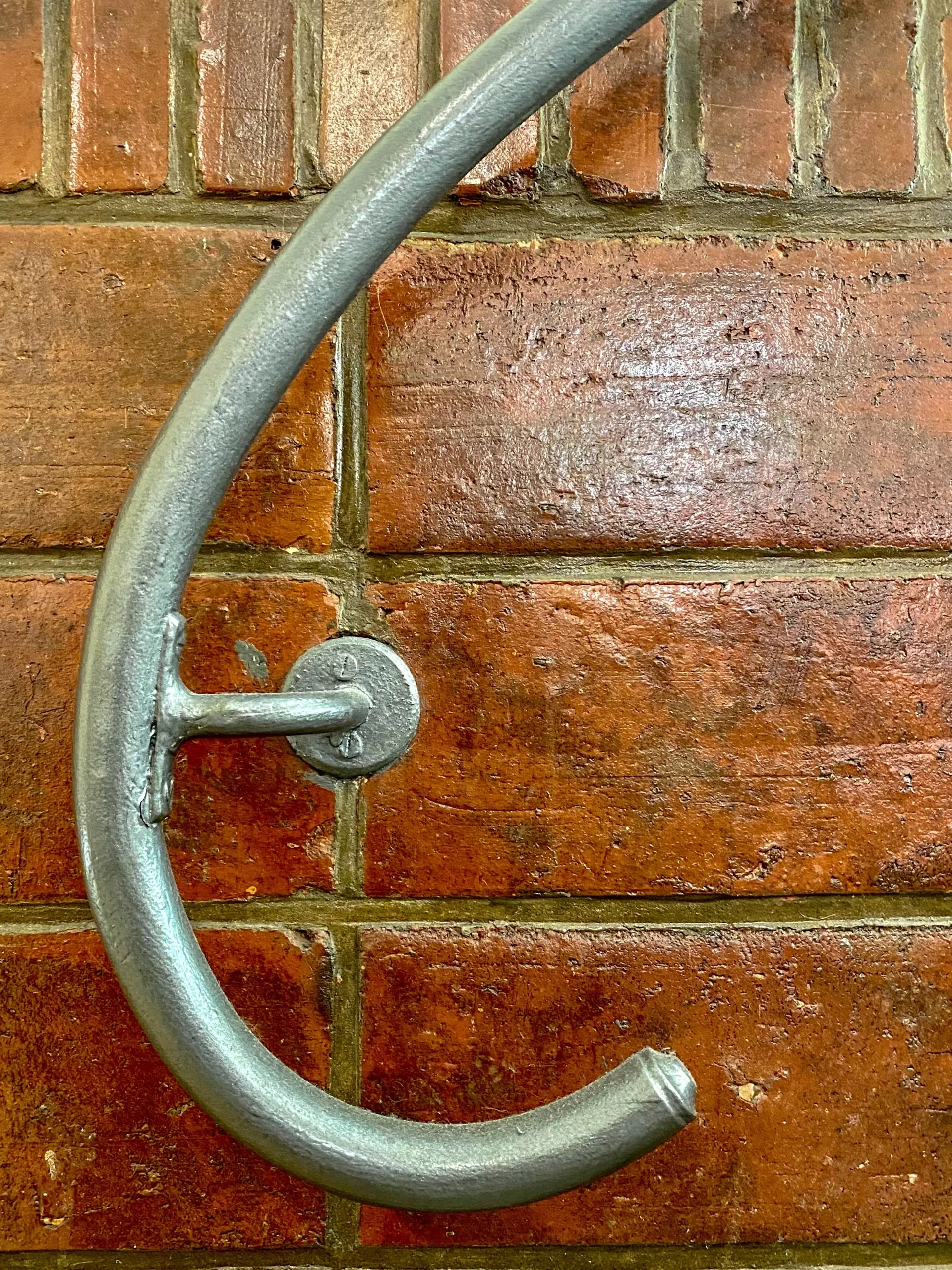
Ledigenheim, 1925-1927. Architect: Theodor Fischer
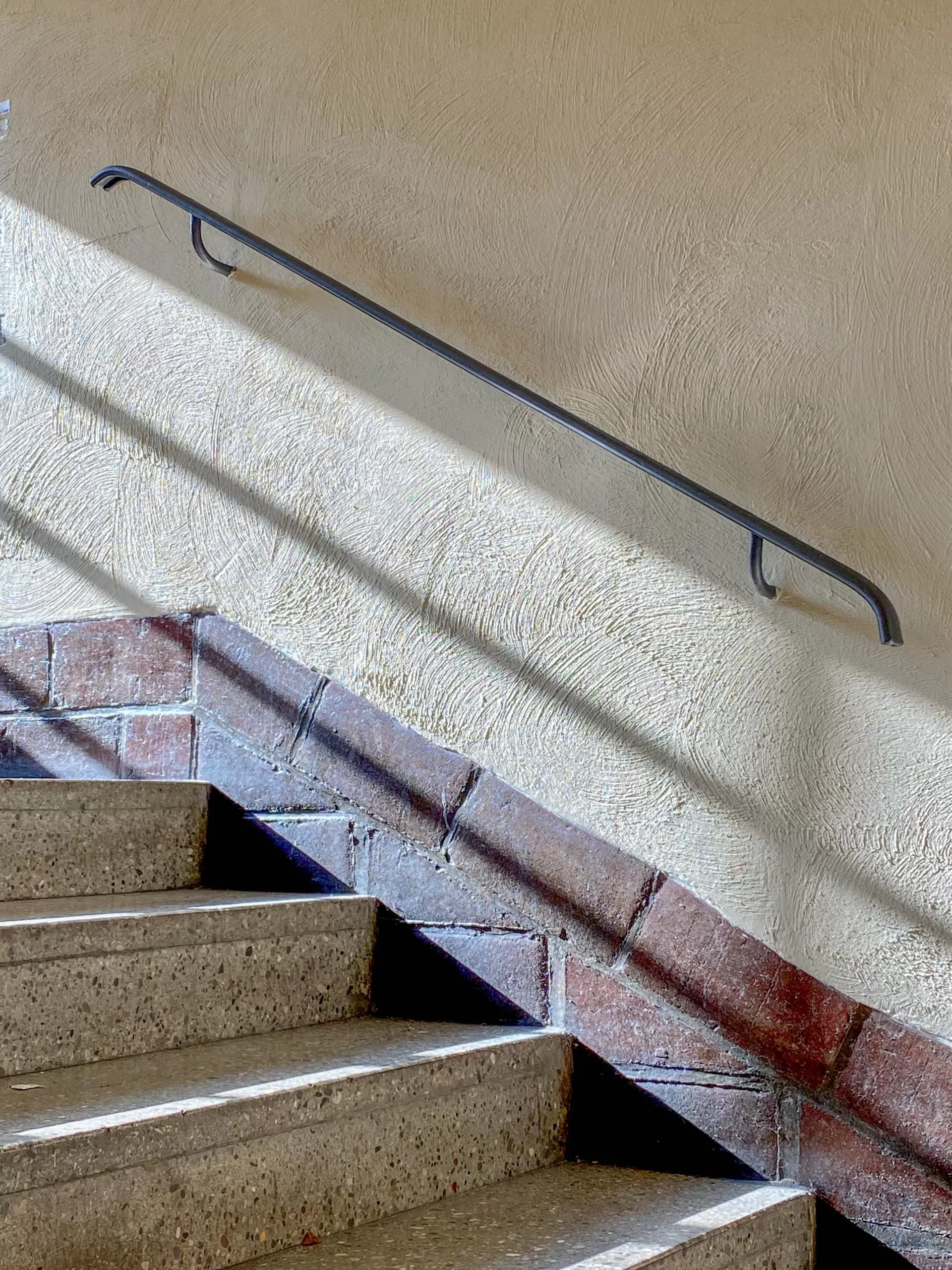
Ledigenheim, 1925-1927. Architect: Theodor Fischer

